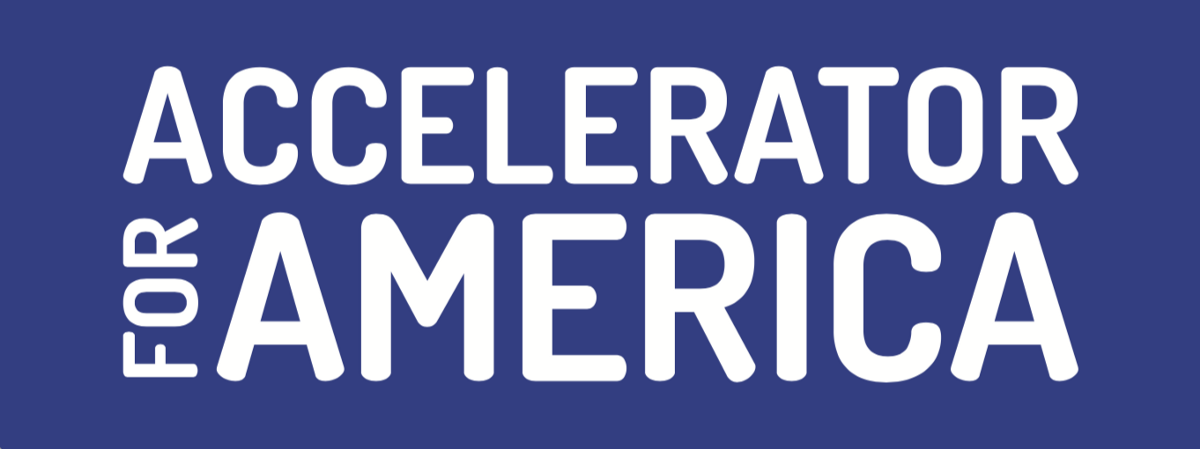It's Time for a 21st Century Infrastructure Partnership
By Mayor Eric Garcetti & Mayor David Holt
The story of America’s rise to greatness is the story of infrastructure. From canals to railways, interstate highways to the internet, our country’s investments in infrastructure have helped build the most powerful economy and nation in human history. Today, this leadership is threatened by neglect and dysfunction, as partisanship has overtaken common purpose.
America's future prosperity depends on a renewed national commitment to investments in infrastructure. This weekend, several candidates for president will come together for a forum in Las Vegas, NV, to present their infrastructure visions.
As mayors from two great American cities in two different regions, who belong to two different political parties, we share a common belief that regardless of who resides in the White House, it is time for our federal government to step up and pass an infrastructure package from Washington now. But it is also time to change the historic top-down federal models in order to repair, rebuild, and re-invent America's infrastructure. For our nation to prosper in the next century, we must not only direct financial resources to this task, but we must create new partnerships, technology, and financing so that tax dollars at every level can get the job done.
First of all, we must recognize that local and state governments have always been (and should be) a significant source for infrastructure investment. For example, since 2016, local and state initiatives have secured $522 billion for infrastructure. Los Angeles’s Measure M, passed in 2016, generates $120 billion for transit, highways, and road projects. In Oklahoma City, voters in December passed MAPS 4, a nearly $1 billion ballot measure that provides funding for parks, transit, sidewalks and bike lanes, among other purposes. These measures are not only improving the quality of life in our cities, they are strengthening the middle class with thousands of good-paying, non-exportable jobs for Americans.
In 2020, cities and states across the country are seeking to raise an additional $500 billion in infrastructure funding through ballot initiatives, and states across the political spectrum are raising the motor fuel tax to address their infrastructure needs. For example, California’s SB1 generates $54 billion over the next decade.
Though these measures are significant, a major portion of the nation's overall tax spending of course flows through Washington. As such, the federal government has dominated and substantially directed the funding of our nation’s infrastructure over the past century. The most obvious example of this is that 90 percent of the funding for interstate highways comes from the federal government. While several federal plans have been put forth to help address current infrastructure needs (including the recent $760 billion Moving Forward Framework proposal from the House, the Senate’s 2019 America’s Transportation Infrastructure Act, and the 2018 Rebuilding America’s Infrastructure proposal from the White House), Washington gridlock has kept them as just that — plans.
Even if passed, these proposals fall short of the investment and imagination necessary to repair and upgrade the nation’s infrastructure, needs that today stand at $2 trillion, according to the benchmark calculation by the American Society of Civil Engineers. Beyond that amount, trillions more dollars are required to build new infrastructure for our growing and changing nation.
This challenge demands that we bring local, state, and federal leaders together to move forward with a comprehensive national infrastructure program — a program that addresses critical repairs and upgrades as well as future needs.
We must also reframe how we think about infrastructure investing. Investing in infrastructure is not done for its own sake. We must have a national conversation about the outcomes that infrastructure projects will achieve — job creation, movement of goods, cleaner air and solutions to climate change, less time commuting and more time with family. Voters and policymakers — all of us — must come to understand infrastructure investment as a direct way to address a wide range of pressing needs, from resilience to job growth, public health to less traffic.
We need a new “Infrastructure Playbook '' for the nation, and we are proud to help lead its creation through Accelerator for America. Accelerator, launched in 2017, has become a place where local and national leaders come together to improve our communities and our country. A “do tank” (as opposed to a think tank), one of the Accelerator’s founding missions is to help local governments generate infrastructure funds.
So far, the Accelerator has helped generate $22 billion for local infrastructure initiatives across the country and has targeted more than $150 billion over the next two years. The Accelerator now seeks to leverage this hands-on experience with a new infrastructure task force that will identify best practices to inform policy making and to establish models that can be replicated and scaled nationwide — driving national change by improving project selection, financing, and delivery.
Tweaking formulas or adding more money to the existing top-down system won’t deliver the structural change needed to create prosperity, keep America competitive, and improve quality of life for generations of Americans to come. We must move toward a system that incentivizes local and state governments to generate their own funds and in which the federal government acts on local priorities to build national policy. It’s time we find out exactly how such a system could — and should — work. It’s time for action.
Garcetti is the Mayor of Los Angeles, CA and is Advisory Council Chair of Accelerator for America. Holt is the Mayor of Oklahoma City, OK and is a member of the Accelerator for America Advisory Council.
Los Angeles Mayor Eric Garcetti
Oklahoma City Mayor David Holt


